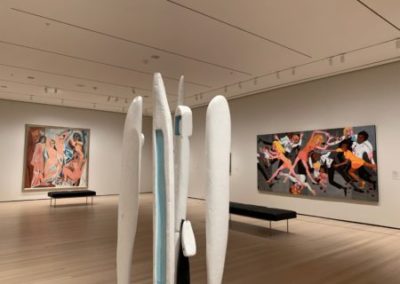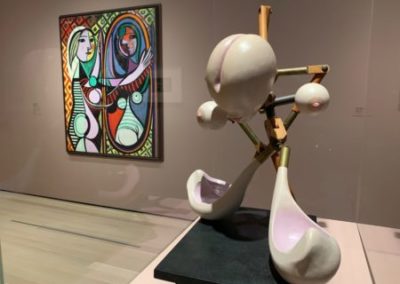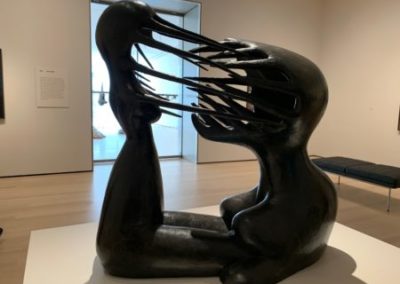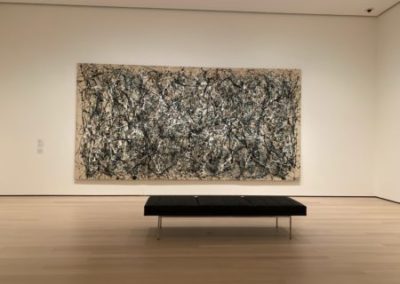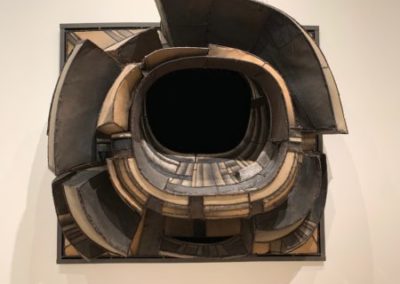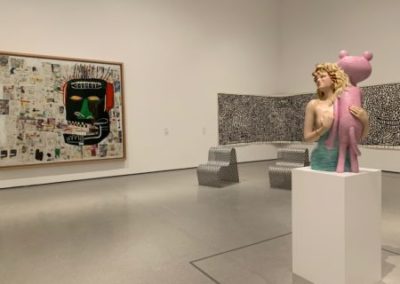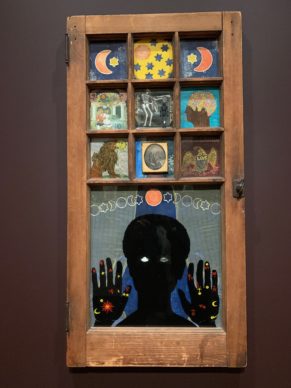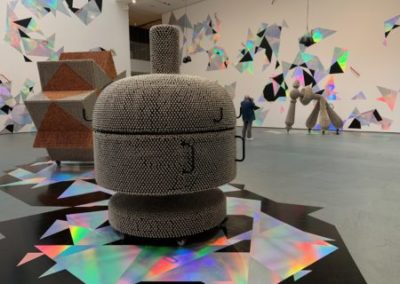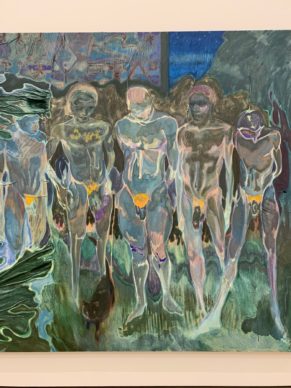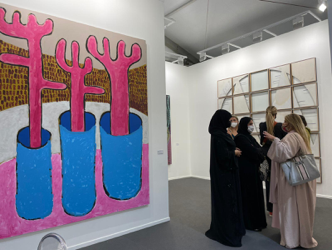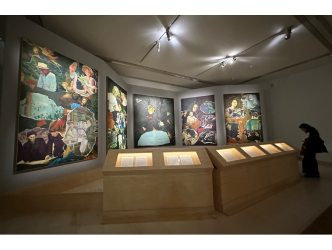Everything must change
“For things to remain the same, everything must change.” This now-legendary line, uttered by the dashing Alain Delon in Luchino Visconti’s film The Leopard, could actually be reclaimed by the director of Moma in New York, Glenn Lowry (see the report dedicated to him).
Mini revolution
He and his team of staff have sparked a mini revolution at the heart of what is considered to be the modern art Mecca of the world.
200 000 artworks
The institution, which has no less than 200,000 artworks at its disposal dating from the late 19th century up to the present day, is a hotspot for hordes of tourists who visit the various rooms religiously.
Certain weaknesses
But it began to suffer certain weaknesses in its hanging and programming (see the haphazard exhibition of the work of genius German painter Sigmar Polke, the extraordinary presence of carpets at the Picabia exhibition etc).
Diller Scofidio+ Renfro architects
And yet there can be no doubt that today it is reaffirming its supremacy. From 21 October the new format Moma will be reopening, not only bigger in size (with 4000m2 of extra exhibition space by Diller Scofidio+ Renfro architects, on top of 15,000m2 of galleries at a total cost of 450 million dollars) but more importantly with a new concept.
Ann Tempkin
“The fact that we’ve been focusing for nearly 30 years on our temporary exhibitions to attract tourists has gone too far,” admits Ann Tempkin, head of the painting and sculpture department at the museum, who adds, “the best exhibition we could imagine is to display this mass of dormant artworks, the sleeping beauty that is our reserves.”
Collections on rotation every 3 months
“People will be able to see works that haven’t been shown for 60 years,” says Glenn Lowry. “The collections will be on rotation roughly every three months, although of course the iconic pieces like the Waterlilies room and certain works by Matisse, Cézanne, Van Gogh or Pollock will be on view permanently. Our goal is to do justice to our permanent collection but at the same time to redouble our efforts to reflect the complexity of what is going on in the world.”
Unusual juxtapositions
This is where there is no shortage of surprises. Although the works are hung in relatively chronological order, we also see juxtapositions that are unusual to say the least.
Picasso/ Ringold
The most surprising is that of the Picasso work which marks the invention of cubism, “Les demoiselles d’Avignon” from 1907, placed alongside a giant canvas from 1967 depicting a race riot scene by Faith Ringgold (born in Harlem in 1930), an African-American painter who has just been the subject of a retrospective at the Serpentine Gallery in London.
Placed in a corridor
Interest in this artist has been fairly recent because this painting was acquired in 2016 and up until now has been placed in a corridor opposite the escalators. The end result is interesting despite the fact that the Picasso, while large in size, seems smaller due to its proximity to the Ringgold.
Sarah Suzuki
“We have the responsibility to evolve with art. History as told in museums has for a long time been too ‘clean’, excluding women artists, minority artists or those who live far from the creative hubs,” observes Sarah Suzuki, director of the opening of the new museum.
Delaunay, Kupka, Rivera, Af Klint
In the room dedicated to the years surrounding 1913 we find not far from key figures of cubism and abstraction like Delaunay and Kupka a little-known painting by the Mexican artist Diego Rivera, and even another by the Swedish painter Hilma Af Klint (1862-1944), revealed as part of a blockbuster exhibition at the Guggenheim in New York in 2018-2019.
Missing the mark
There are a few elements of the layout that miss the mark, like the untidy arrangement in a small room near the stairs of a still life by Cézanne, a drawing by Seurat, an exceptional Matisse, an iconic Douanier Rousseau and a very rare Modigliani sculpture (watch the video).
Patricia Phelps de Cisneros
But the world is also here, most subtly with China marked by the presence of Huang Yong Ping (born in 1954),Africa by Cheri Samba(born in 1956) and the Pigozzi donation and modern Latin America with the gigantic donation of 230 works by Patricia Phelps de Cisneros.
Labyrinthine
The new Moma is at times less didactic in its layout than in the past, but it is also more complex and utterly labyrinthine, mirroring today’s reality.
Donating=Supporting

Support independent news on art.
Your contribution : Make a monthly commitment to support JB Reports or a one off contribution as and when you feel like it. Choose the option that suits you best.
Need to cancel a recurring donation? Please go here.
The donation is considered to be a subscription for a fee set by the donor and for a duration also set by the donor.



